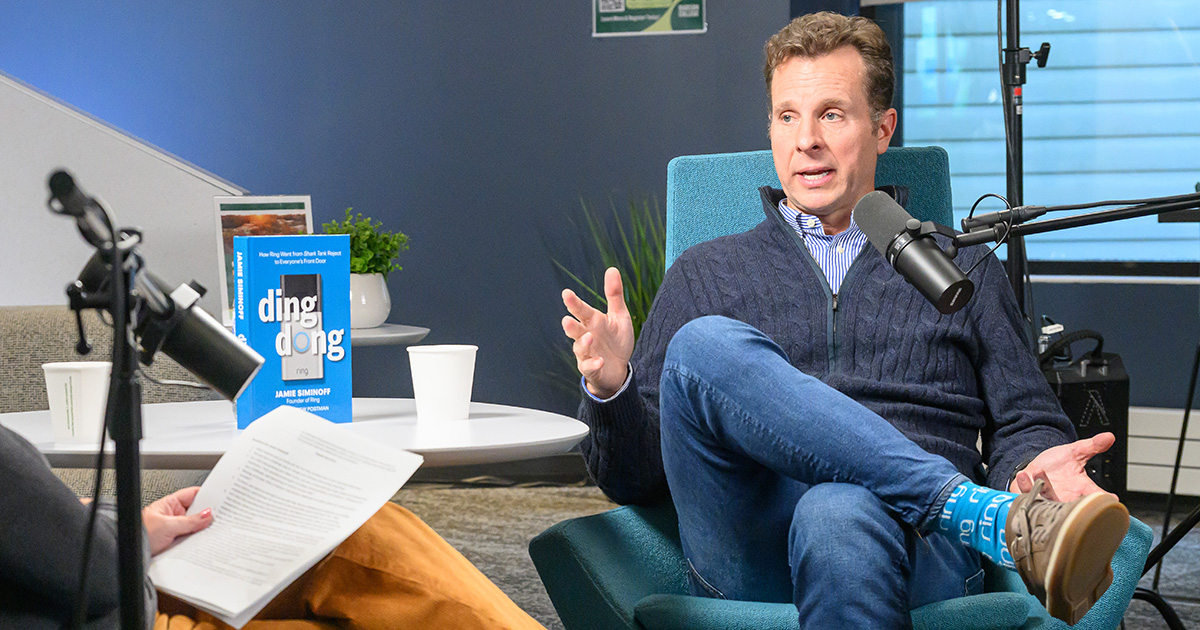Busy Streets, Early Bird Specials, and Why Dynamic Pricing Isn’t All Bad

The backlash began with the utterance of two words: dynamic pricing.
This was back in February when the CEO and president of Wendy’s said that the burger chain planned to begin testing out dynamic pricing, the practice of changing prices in real time as demand fluctuates, in 2025. The mere thought of a Frosty or Baconator going up in price at busy times of the day was enough to trigger a public outcry.
Wendy’s was quick to issue a clarification, and the episode illustrated how unpopular dynamic pricing can be. While far from a new practice, it has attracted a lot of negative reaction in recent years, such as when concert tickets shot up thousands of dollars for Taylor Swift, Bruce Springsteen, and other Ticketmaster events.
“Just because a company can charge different prices in real time doesn’t mean they should do it,” says Lidija Polutnik, a Babson professor of economics and an expert on pricing. “Companies have to pay attention to fairness, communication, and perception. All these aspects are important to consider when making pricing decisions.”
That’s not to say dynamic pricing, or “surge pricing” as it’s also known, is all bad. From cities using it to confront traffic congestion to utilities utilizing it to manage water and electricity, dynamic pricing actually can be an effective tool employed for social good.
A Quick History of Pricing
Anyone who has taken a ride in an Uber or Lyft, or booked tickets to an amusement park, or made a hotel reservation has most likely experienced dynamic pricing. Even early bird specials, where restaurants charge less for meals before the dinner rush, are a form of dynamic pricing.

While the practice of dynamic pricing began in earnest in the 1980s with airline companies, Polutnik says, pricing was not the top priority of leadership in most companies until fairly recently. Costs, profit and loss, cash on hand—these were the sorts of things that commanded leaders’ attention, not how much they were charging for goods and services.
More intense global competition and the transparency allowed by the Iinternet changed companies’ thinking. Before the internet, a customer had to do a lot of leg work, visiting or calling stores, in order to find the best price on something like a microwave. “Comparison shopping took time,” Polutnik says. “Now, the customer can sit at a laptop.”
As pricing became more top of mind for executives, they had access to new technologies and all the data they possibly imagine. They saw how price increases when demand is high increased profitability. “Price changes result in an immediate impact on the bottom line,” Polutnik says.
Looking on the Positive Side
Attempts at dynamic pricing can prove risky, as Wendy’s can attest. “In the last three, four years, I have seen a lot of experiments with dynamic pricing,” Polutnik says. “You have to be careful. There’s a possibility of alienating your customers.”
To say dynamic pricing is always a negative, however, is to overlook the positive impact it can have. For instance, it can be used to decrease congestion on highways and in cities. For more than 20 years, vehicles entering the center of London during the busy parts of the day have been charged a fee. New York City currently is considering a similar plan for parts of Manhattan.
Impose a fee, and people may take public transportation or find alternative routes instead, which means less vehicles sitting in traffic, less lost hours of productivity, and less pollution. “It’s a good way of managing congestion,” Polutnik says.
“Just because a company can charge different prices in real time doesn’t mean they should do it. Companies have to pay attention to fairness, communication, and perception.”
Lidija Polutnik, professor of economics
Charging extra during peak times can help utility companies manage water and electricity by changing customer behavior. A person may choose to do a load of wash in the evening when electricity demand is lower or not water their lawn during a season of drought.
“You don’t want people to wash their car when drinking water is relatively scarce,” Polutnik says. “Pricing function plays a critical role in resource use and resource allocation.”
In the near future, dynamic pricing could be coming to supermarkets, as stores install digital price tags that would enable an easy changing of prices throughout the day. Such a development offers an opportunity, Polutnik says. “How could you use dynamic pricing for social good, and for your own good?” she asks.
Items that are about to expire, for instance, could be sold for lower prices, thereby making them more accessible to people on a fixed income instead of having these items otherwise go to waste. “It provides stores with an opportunity to manage inventories in a pro-active way,” Polutnik says.
Posted in Insights





